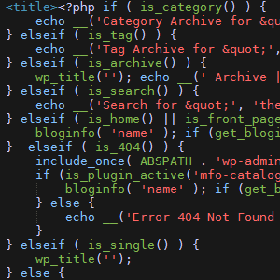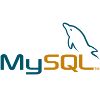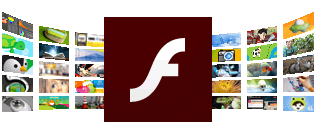Various technologies are used to create websites.
Currently, this language is the most commonly used technology for building website engines. Its immense popularity is due to its nearly unlimited possibilities and easy-to-learn syntax. PHP is used for creating both simple website functionalities, such as contact form submissions or data processing, as well as large and complex services and web portals. This language is supported by the vast majority of servers, and the environment in which PHP operates ensures its stable performance. Websites built with this technology are usually easy to expand and rarely impose limitations in this regard.


HyperText Markup Language is used to present websites. Version 5 was completed in 2014 and represents the next stage in the development of this language and its XHTML 1 variant. HTML enjoys strong support from various institutions responsible for the advancement of internet technologies and the establishment of standards, as well as web browsers. This language maintains backward compatibility, ensuring that websites built with it display the same way across all browsers.

CSS3 stylesheets give webmasters almost unlimited possibilities in designing the appearance of websites. They determine how each element of a website is displayed to the user. Almost every website on the internet uses this element or its older counterparts.
In our projects, we place great emphasis on the proper implementation of CSS styles, as they influence how websites are displayed in different browsers. This means that a site with errors in its stylesheets may look different in Firefox, Internet Explorer, Chrome, or Opera. You can verify their correct implementation in the source code using the method described in our FAQ.










